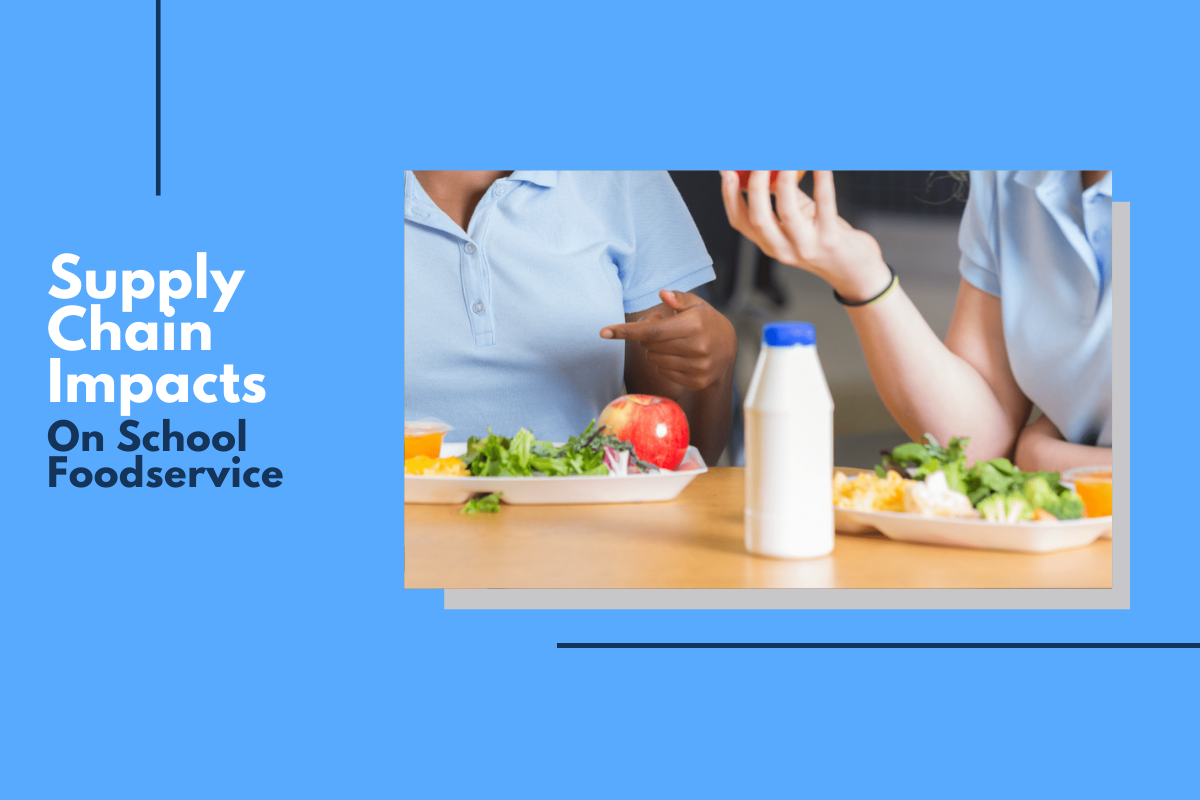
Supply Chain Impacts on School Foodservice
As the new school year is now in full swing in most districts, some schools are opening their doors again for the first time in over a year. This is bringing challenges that range from dealing with variants to overcoming gaps in the supply chains with shortages ranging from paper products to school foodservice equipment to even the food itself.
What is causing the shortage?
Depending on the item, there are many reasons for the delay in products. Across the country, the effects of the current labor crisis are affecting production, shipping, and other areas. In the case of foodservice equipment, there are manufacturers that are experiencing shortages of their own, whether it’s raw materials, the people to process them, the shipping of those goods, or all of the above.
At the same time, suppliers are also experiencing delays to the coronavirus variants. This has a direct effect on production and distribution, as well.
Increasing Demand and Universal Service
As schools reenter the classrooms and cafeterias, the results are increases in demand. Because hybrid or virtual models didn’t translate to standard foodservice volumes, the return to schools has succeeded in increasing demand at the same time supplies are in short order.
Due to the pandemic and the financial burden placed on students and their families, many school districts across state lines decided to open up their lunch program, offering free lunches to all students in the building. This means that students who may not have eaten lunch at school are now participating, and the demand for food is often higher than it was in previous years. These cafeterias must have enough food on hand to feed every student, so larger orders are also being placed, overwhelming suppliers and causing a delay in supplies.
Beating the Lack of Supplies
Many school cafeterias in the Southern region and other parts of the country are looking for alternative options for getting these supplies and attempting to beat the supply crisis they are facing. In places like South Carolina, Florence School District 3 is looking to consider alternative distributors for their supplies, should their orders not be fulfilled based upon the menu produced. They also placed a large bulk order of food during the summer so that supplies that were delayed had time to arrive before they were necessary.
In Florida, the Lee County district is considering taking an approach to homemade cooking with recipes to buy the meat and produce they need as substitutes for the preplanned menu available to students. Their goal is to look ahead at the supplies they have and plan to improvise when necessary to always have enough food on hand, even if it isn’t exactly what was posted on the menu.
On the foodservice equipment side of service, some manufacturers are operating on more standard delivery times, and the team at Lakeside is proud to be one of those options. If you’re a district looking to revitalize your cafeteria or to better prepare it for uncertain service types, Lakeside and our suite of brands can help.
